The challenge that many B2B companies face today includes being able to effectively capture their target audience’s attention.
Inbound marketing offers B2B businesses the opportunity to build stronger connections with clients through content-driven and customer-centric approaches.
This method has the potential to generate a strong, organic interest in the services a company offers – yet most B2B marketing teams fall flat on their face when trying to build a proper inbound lead acquisition engine.
If you’re struggling to build a proper inbound acquisition engine, then this article is for you.
B2B Inbound Marketing focuses on attracting and engaging potential customers from other businesses by offering valuable resources tailored to their needs.
These resources can come in various forms, such as problem-focused articles, whitepapers, quizzes, or analytical tools.
Through this approach, the targeted audience actively seeks out the business for advice, assistance, and potential solutions in the form of products or services.
As a result, these prospects are often pre-qualified, indicating a higher likelihood of conversion.
This marketing method stands in contrast to traditional approaches like unsolicited emails, loud commercials, and cold calls, which are often unwelcome by B2B clients.
Inbound B2B marketing nurtures relationships with potential customers by providing useful information without being intrusive.
Understanding the target audience is crucial in B2B inbound marketing.
A target audience is an imaginary group of people who have certain problems or needs that could be solved by your products and services.
They are the ideal customers or close enough to match the qualification criteria to become your customers.
One way to define the target audience is by creating buyer personas.
Buyer personas are semi-fictional representations of your ideal customers, based on real data and educated guesses about demographics, interests, and pain points.
These personas help B2B marketers tailor their content, messaging, and product offerings to the targeted audience. Here are a few characteristics to consider while creating buyer personas:
Incorporating these insights into the inbound marketing strategy ensures that messaging and content resonate with the target audience, thereby increasing the chances of converting leads into customers.
Another essential aspect of targeting the right audience in B2B marketing is account-based marketing (ABM).
ABM is a strategic approach that focuses on marketing and sales efforts on specific high-value accounts.
It facilitates a personalized approach to engaging with the decision-makers at target organizations.
B2B marketers should consider implementing ABM for the following reasons:
Outbound marketing refers to the strategy in which a company actively seeks out and initiates contact with potential customers.
This type of marketing involves reaching out to prospects who may not have shown previous interest in the brand.
Common B2B outbound channels include:
For outbound marketing to be effective, it is crucial to understand the target audience.
Conducting comprehensive research allows marketers to build an ideal customer profile and craft personalized campaigns with higher response rates.
In contrast to outbound marketing, inbound marketing aims to attract prospects to a brand by creating engaging experiences.
Inbound marketing encourages potential customers to initiate conversations with the brand, rather than relying solely on outreach-based efforts.
Inbound marketing focuses on the use of tactics that draw prospects in, such as:
To succeed with inbound marketing, it is vital to create quality content that’s tailored to the chosen channels.
Inbound marketing and content marketing, though similar, serve unique purposes.
Content marketing focuses on developing and sharing content that encourages customers to take specific actions, such as making a purchase or signing up for a newsletter.
This content can (and should) be distributed across various channels, including social media and sales conversations.
Conversely, inbound marketing aims to attract users who fit the ideal customer profile to a website, with the intention of engaging them and converting them into leads or customers.
Content marketing is an integral component of the inbound marketing methodology.
An effective inbound marketing campaign begins with the establishment of specific objectives and key performance indicators (KPIs).
Knowing what you want to achieve, such as increasing Marketing Qualified Leads (MQLs) by 10% within 6 months, provides insights on what actions to take and the required efforts.
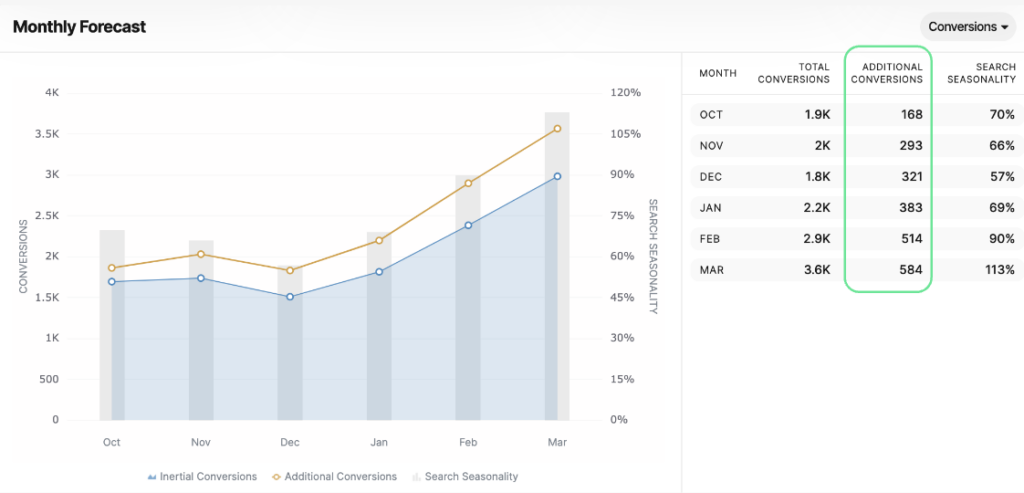
Comparatively vague goals like “increasing online presence” make it difficult to have a focused strategy and allocate resources properly.
KPIs, while not as valuable as conversions, help track progress towards the broader goal.
Common Hard and Soft KPIs include:
Hard KPIs would be looking at the direct impact on total number of deals closed, and revenue generated.
Creating a comprehensive B2B buyer persona is crucial.
It represents your ideal customer within an organization and the organization itself, including demographic information and specific traits.
Such personas allow marketers to empathize with prospects, understand their frustrations, and identify solutions they are likely to respond to.
If you don’t have clear buyer personas and a deep understanding of who you’re targetting – it’ll be next to impossible to create a working inbound campaign.
This understanding aids in crafting a suitable campaign strategy and content to address prospects’ needs at every stage of their decision-making journey.
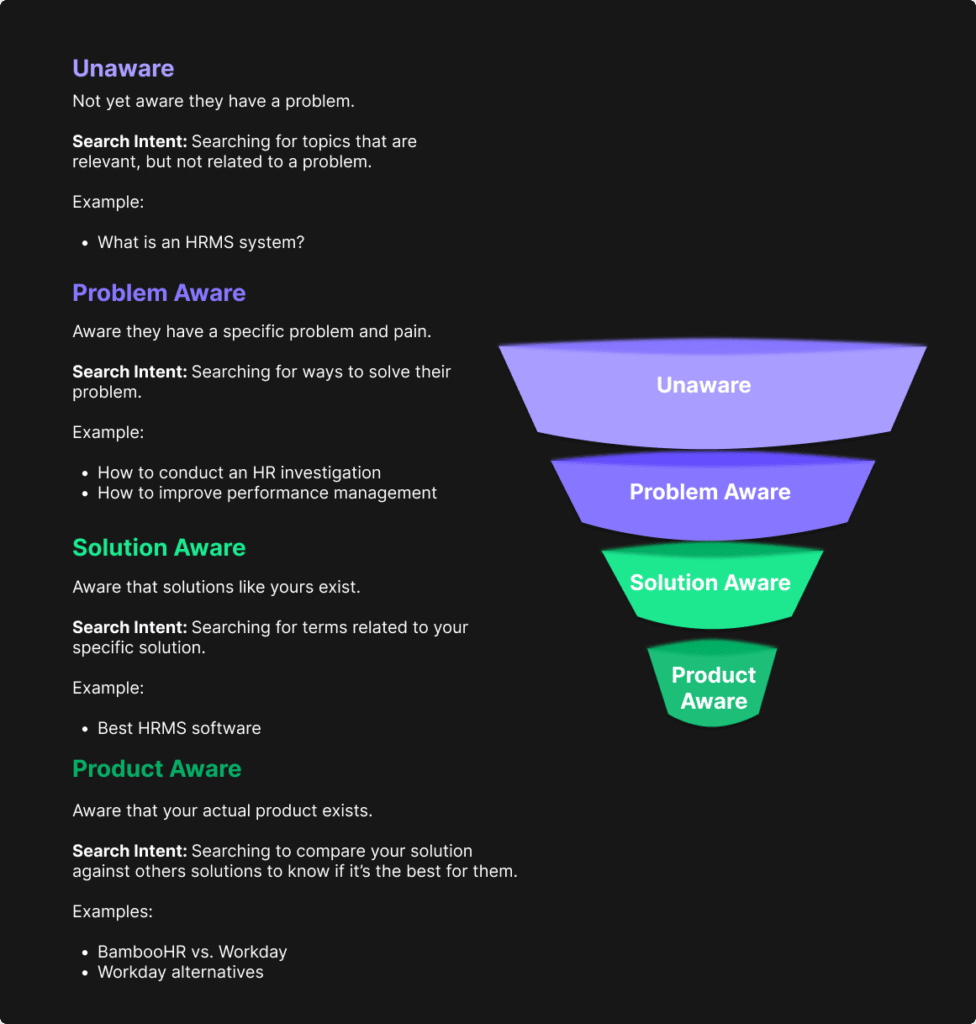
Having an engaging and user-friendly website is essential for B2B businesses.
Quite frankly, this is an area where a lot of businesses struggle.
A majority of B2B decision-makers rely on online content to select vendors, with a significant portion of revenue resulting from mobile device interactions.
Your website should be organized logically, offer a balance of content types, and serve as your central hub for user interactions.
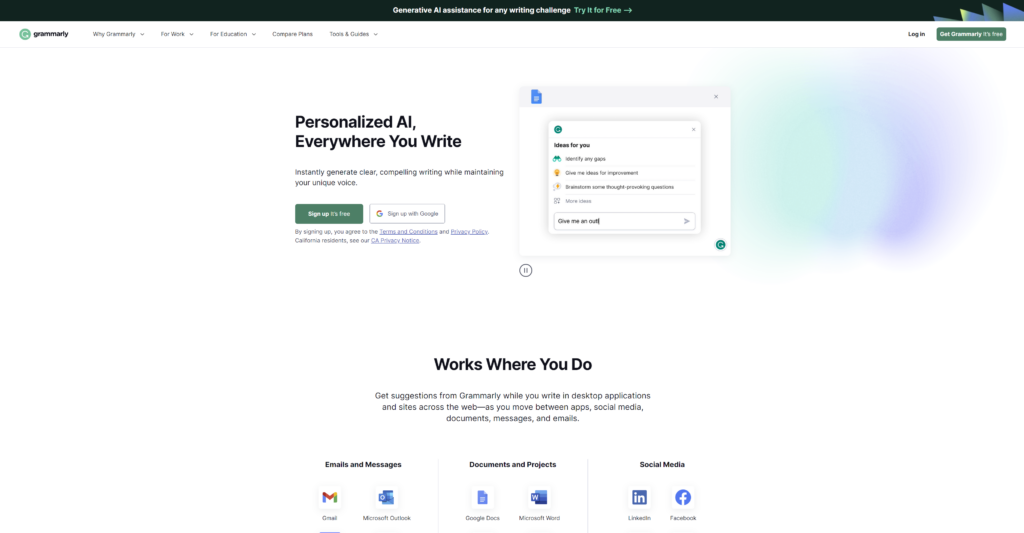
It provides control over the user experience, call-to-action placements, design elements, and tracking, unlike other platforms like LinkedIn or Twitter.
Effective search engine optimization (SEO) should be an integral part of your inbound marketing campaign.
B2B SEO involves optimizing your website, creating content based on target user personas’ keywords, and increasing website trustworthiness through backlinks from reputable sources.
A well-executed SEO process increases your website’s visibility, driving more traffic and inbound leads.
Further Reading: B2B SEO Strategy
However, successful B2B SEO requires a strategic approach, focusing on proven strategies rather than just generic ones:
Crafting and executing a proper SEO strategy should be at the forefront of your inbound lead generation initiatives.
To kick off a successful B2B inbound marketing campaign, start by determining your desired outcomes.
These goals could range from increasing MQLs, driving higher-quality SQLs, doubling organic traffic, or improving domain authority.
Once the primary goal is identified, work with your team to map out action steps that align with your target outcome.
Further Reading: SEO ROI Calulcator
Maintain a consistent focus on the most important channels used by your target audience and look for areas of improvement within your existing marketing efforts.
A deep understanding of your B2B buyer persona is essential in developing a tailored marketing approach.
Pay special attention to their specific challenges, objectives, and probems, as this will enable you to refine your marketing messages to address their needs more effectively.
Competitive analysis plays a crucial role in the development of any marketing campaign.
By examining the strategies and successes of your competitors, you can save time and effort while establishing a solid baseline for your own campaign.
Select a handful of top competitors in your industry and utilize various competitive intelligence tools to gather data on their marketing strategies.
Identify shared successes, failed approaches, and untapped opportunities, and use this information to build a campaign grounded in accurate and useful data.
Content serves as the foundation for B2B inbound marketing.
Plan your content creation by using insights drawn from your research, identifying content types and keywords relevant to your target audience, and ensuring that your materials address their immediate needs.
Further Reading: B2B Content Strategy
Create an outline for each piece of content and use tools like Grammarly to maintain a high level of readability and accuracy. Share your content with team members for feedback and optimization before publishing it across targeted channels.
Promoting your content is a vital step in inbound marketing and should not be overlooked.
Explore various content promotion strategies, such as content syndication platforms, forum sites, infographics, and slide decks.
Utilize social media and advertising platforms to increase website traffic and visibility, and encourage your colleagues and brand advocates to help share and discuss your content. Remember that promotion is a long-term strategy.
Regularly evaluate the performance of your marketing campaign to ensure progress towards your goals.
Use data-driven insights to make informed decisions and updates to your strategy as needed.
Continuously refining and optimizing your inbound marketing campaign will lead to more consistent success in achieving your objectives.
Blogging offers numerous benefits to B2B marketers, including lead generation, customer engagement, and improved win rates.
Key elements for a successful blog strategy include consistent posting, quality content, proper search engine optimization, and adding true reader value.
Here are some core content types to consider:
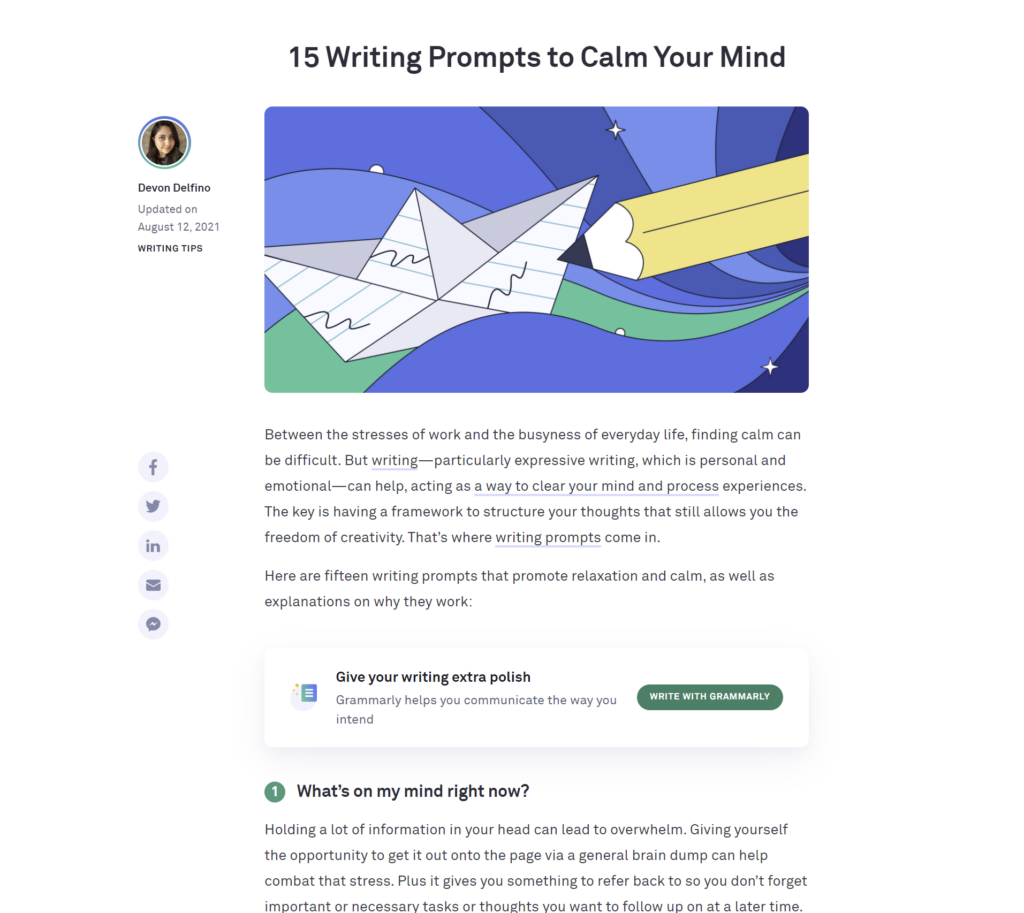
Email marketing is essential for B2B inbound marketing, as it helps reach prospects at the right time and keeps your business top-of-mind.
Utilize monthly newsletters to share blog posts, provide valuable information, and build trust with your audience.
Some quick email tips:
Offering longer-form content behind a sign-up form on your website is an effective way to generate leads.
Gated content can include how-to guides, whitepapers, checklists, or tools and calculators.
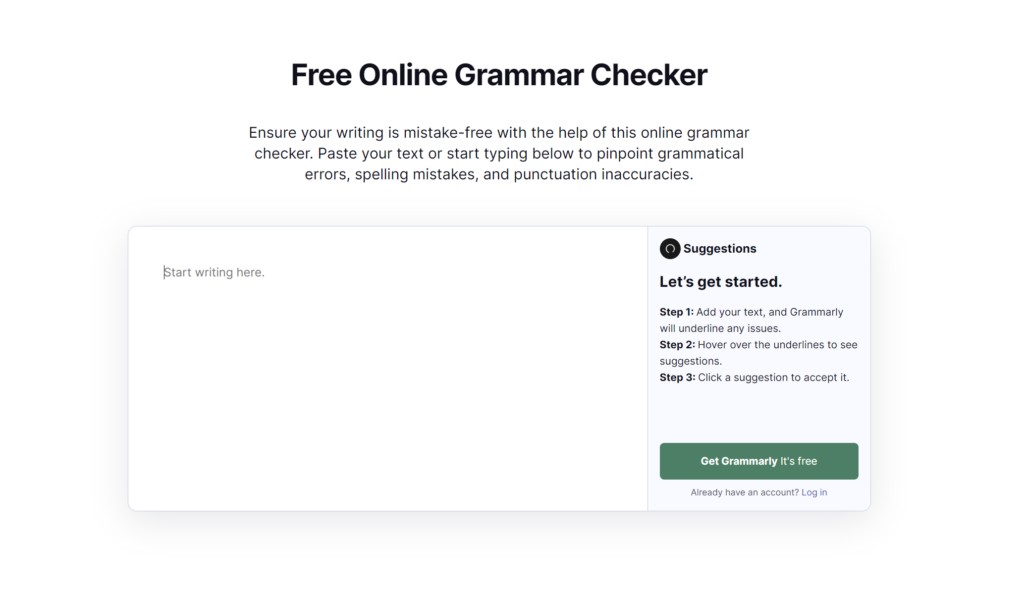
This can be used as a call-to-action (CTA) at the end of a blog post to entice readers.
Gated content will feed into your email marketing and nurturing campaigns.
In wrapping up, it’s clear that while the challenges of capturing a target audience’s attention in the B2B sector are formidable, the adoption of a robust inbound marketing strategy is a powerful solution.
By embracing a content-driven and customer-centric approach, businesses can foster stronger relationships with clients and generate organic interest in their services.
Remember, success in building an effective inbound lead acquisition engine lies in a commitment to understanding your audience deeply, delivering valuable content consistently, and optimizing your strategies continually based on data-driven insights.
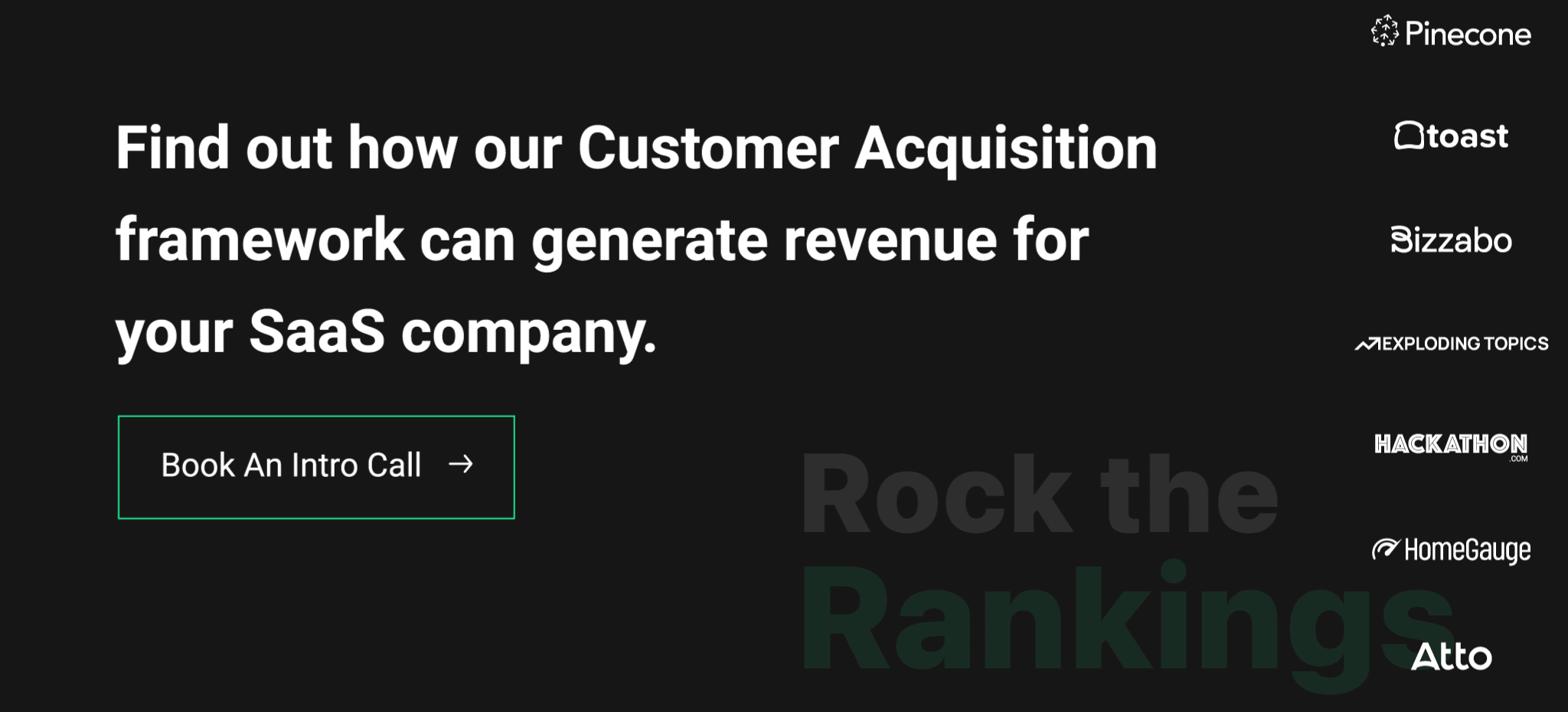
Founder of Rock The Rankings, an SEO partner that helps B2B SaaS brands crush their organic growth goals. An avid fan of tennis, and growing micro-SaaS businesses on the weekend. 2x SaaS Co-Founder – Currently working to build and scale Simple Testimonial.
Book a 1-on-1 intro call with our founder that includes a FREE custom marketing plan. Start growing faster, today.